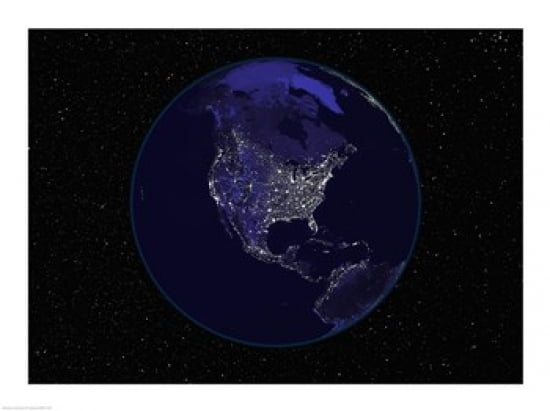


'Thanks to VIIRS, we can now monitor short-term changes caused by disturbances in power delivery, such as conflict, storms, earthquakes and brownouts,' said Dr Miguel Román from Nasa's Goddard Centre. VIIRS is the first satellite instrument to make quantitative measurements of light emissions and reflections, which allows researchers to distinguish the intensity, types and the sources of night lights over several years. The satellite's workhorse instrument is the Visible Infrared Imaging Radiometer Suite (VIIRS), which detects photons of light reflected from Earth's surface and atmosphere in 22 different wavelengths. In the year since, experts have been analysing night lights data and developing new software and algorithms to make imagery of them clearer, more accurate and readily available.

This image shows Nasa's view of the lights over Europe Satellite images of Earth at night, often referred to as 'night lights', have been a fundamental research for nearly 25 years.


 0 kommentar(er)
0 kommentar(er)
